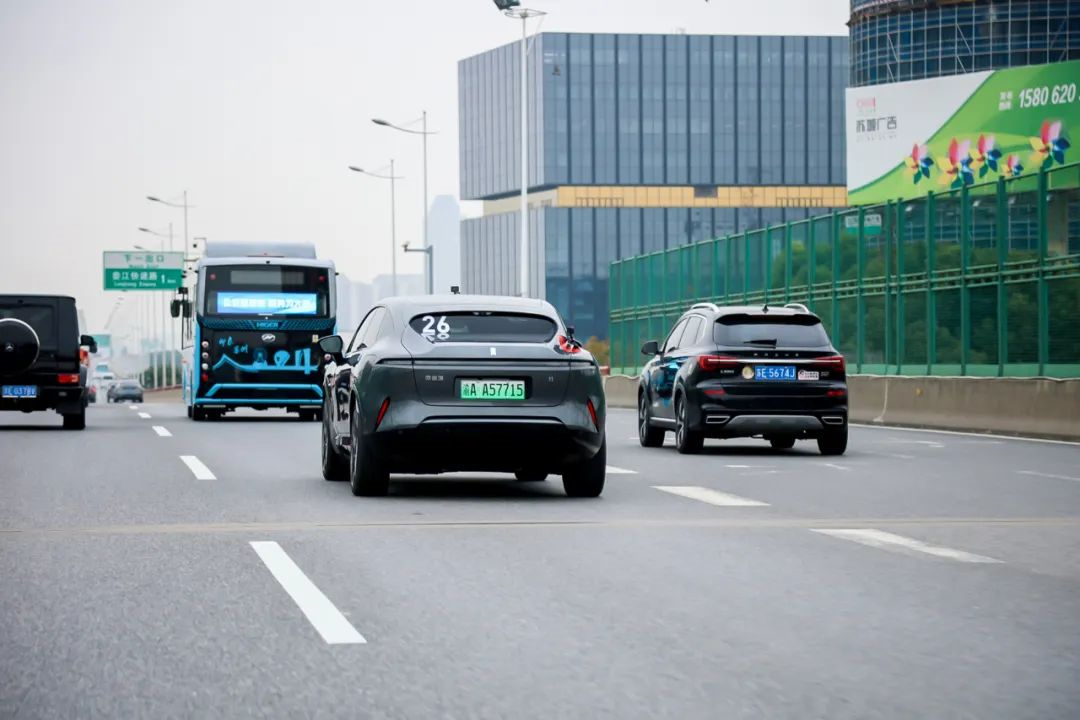AVATRANS Intelligent Navigation System on Arrizo 11
Author: Ren Haining
Arrizo 11 has once again taken the center stage. Since its launch, this product, which combines the advantages of Changan Automobile, Huawei, and CATL, has attracted much attention. Even I receive various private messages every day asking whether this car is worth buying.
In the process of communicating with potential users, I found that many users are concerned about the intelligent driving system, in addition to the pure electric platform CHN, cruising range, design, and vehicle manufacturing. This is because of the overall capabilities of Huawei. Everyone is looking forward to experiencing the AVATRANS intelligent navigation system of Arrizo 11 in reality.
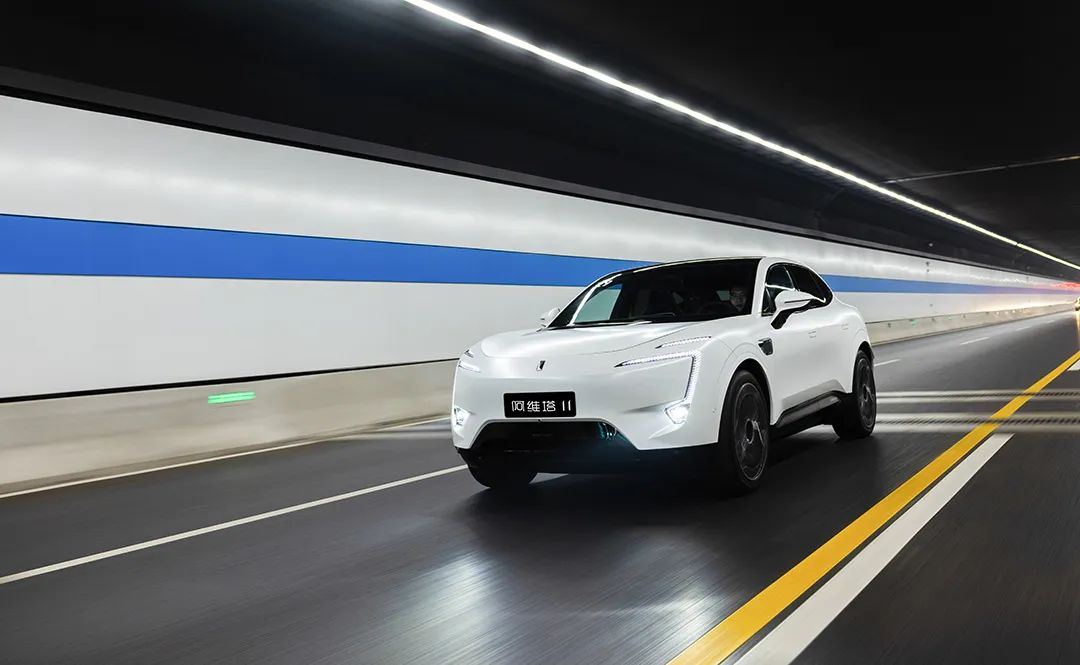
Coincidentally, not long ago, I attended an Arrizo intelligent driving experience day at the Suzhou Yangcheng Intelligent Connected Vehicle Test Field. During the event, I had an in-depth experience of core functions such as NCA intelligent driving navigation assistance, ICA intelligent cruise control assistance, and APA intelligent parking assistance.
In summary, I was very surprised. What is so surprising? This article will tell you.
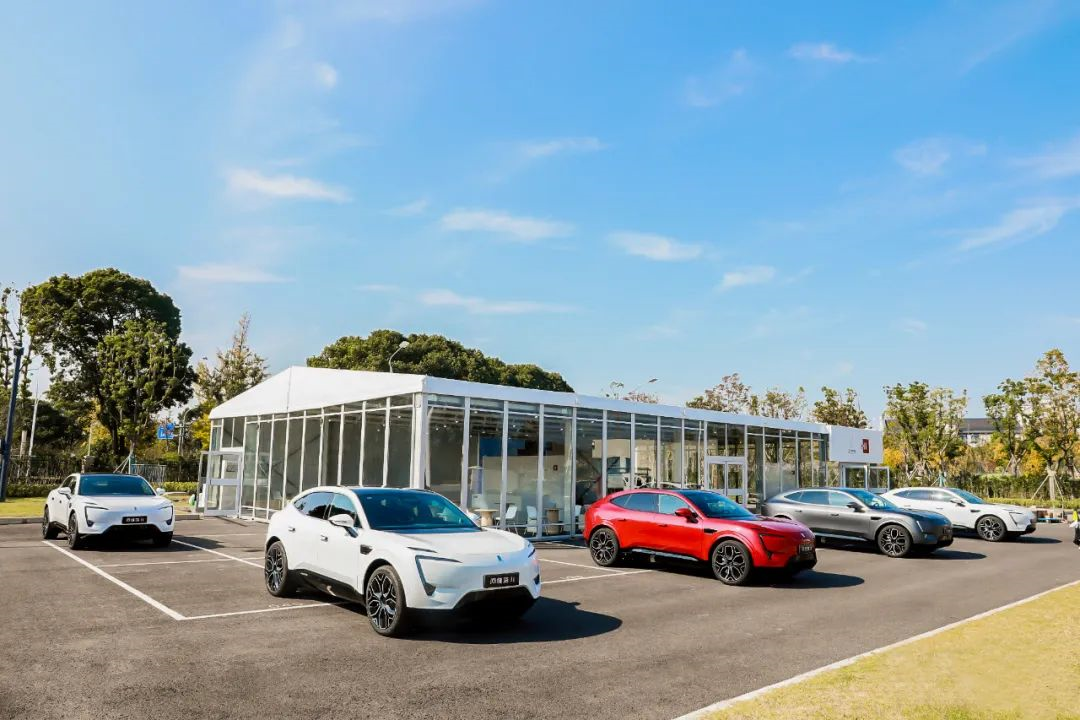
Up-to-date “Ceiling” of Technical Ability
Before discussing the specific experience, let us first take a look at the “on-paper strength” of Arrizo 11 and its intelligent driving capabilities.
Two points are worth mentioning:
First: the level of surface hardware.
Second: the ability of underlying algorithms.
Let’s talk about perception hardware first.
Arrizo 11 has a total of 34 intelligent driving-related sensors, including three LiDARs, six millimeter-wave radars, 12 ultrasonic radars, and 13 high-definition cameras. To put the number “34” in perspective, it may not mean much in isolation, but when compared with other models, it is quite impressive.# Comparison of Perception Hardware and Algorithm Capabilities of EVs
XPeng G9 and NIO ET7 are among the leading products among new energy vehicle brands, with intelligent driving as their core function. The number of perception hardware in XPeng G9 and NIO ET7 is 31 and 33 respectively, which is less than the AVTR’s 34. A product with a count of more than 20 perception hardware is already considered a large number. Currently, AVTR’s 34 perception hardware is considered the “ceiling” of mass-produced vehicles.
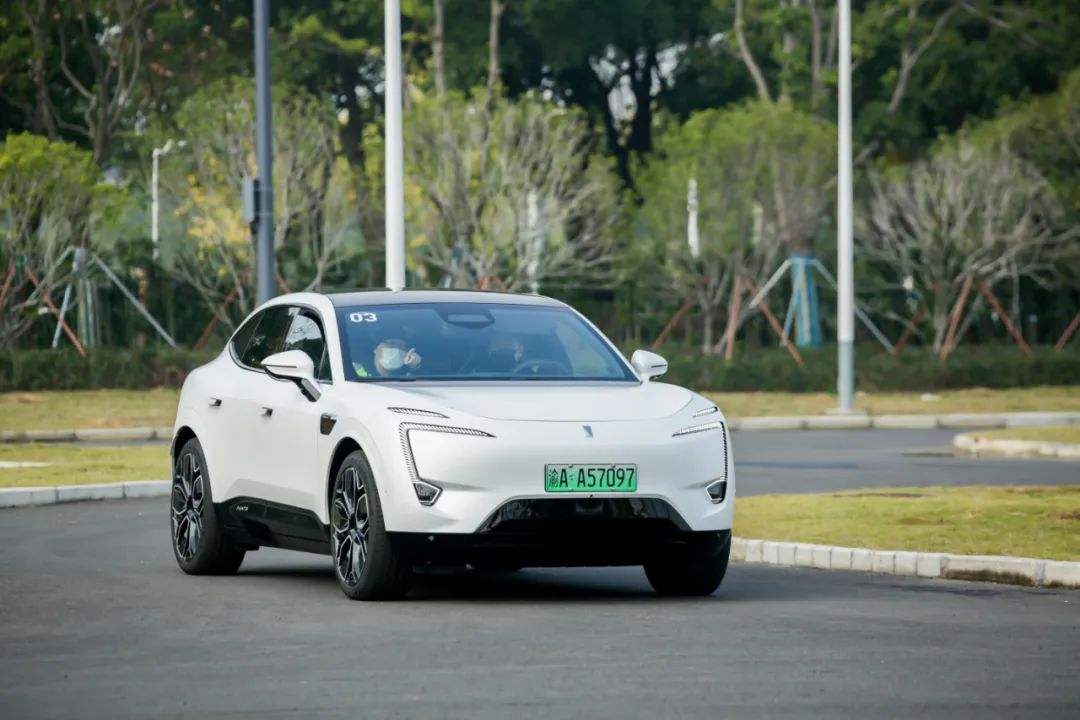
Also worth mentioning is that AVTR has three LiDARs.
The function of LiDARs has become increasingly familiar to everyone. In the smart driving scenario, the recognition distance and accuracy of LiDARs can effectively make up for the deficiencies of cameras, millimeter-wave radar, and ultrasonic radar, ensuring the safety and efficiency of the entire intelligent driving system.
Currently, any product that has smart driving as its main selling point, such as the recently mentioned NIO ET7, XPeng G9, and even the new Ideal One, has adopted the use of LiDARs. However, even XPeng, which has always been labeled as being at the forefront of smart driving, only utilized two LiDARs in their G9. NIO ET7 and Ideal L9 are both products that cost over 450,000 yuan, but only have one LiDAR. It is clear that AVTR has invested heavily in the three AVTR and Huawei’s jointly defined and developed LiDARs, as well as the total of 34 perception hardware on the vehicle, which are both a large level and quantity.
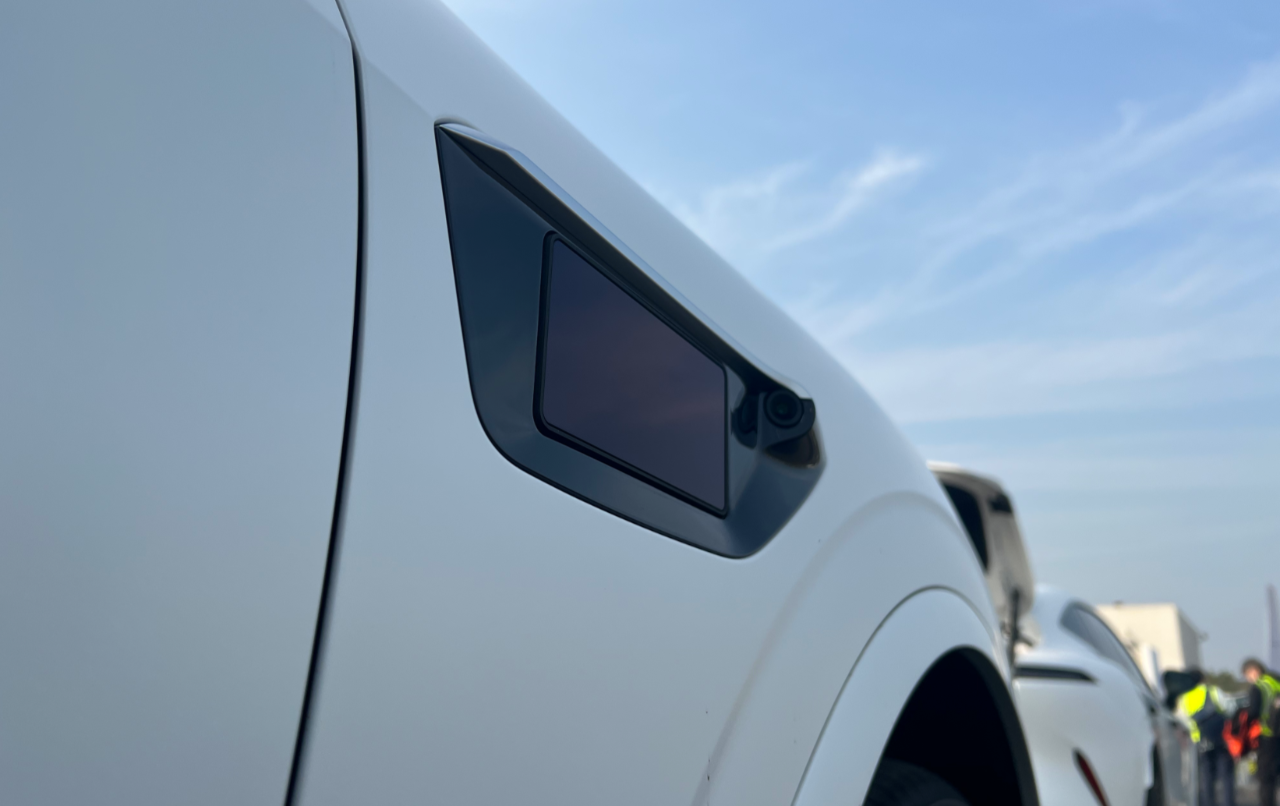
After discussing perception hardware, let’s talk about the capabilities of the underlying algorithm.
If perception hardware builds a high “lower bound” for AVTR 11, then the underlying algorithm capability has truly pushed the “upper limit” of AVTR 11’s intelligent driving ability.
Thanks to Huawei’s capability, Avita 11 not only has a high-performance computing platform but also very strong algorithmic abilities. In my opinion, Avita 11’s AVATRUTH supercomputer system has many refined algorithms, such as “VRU interaction and game algorithms” and “personification algorithms”. However, the central nerve of these detailed algorithms, that is, the core algorithmic logic, is based on the “fusion algorithmic capability” of multiple perception hardware.
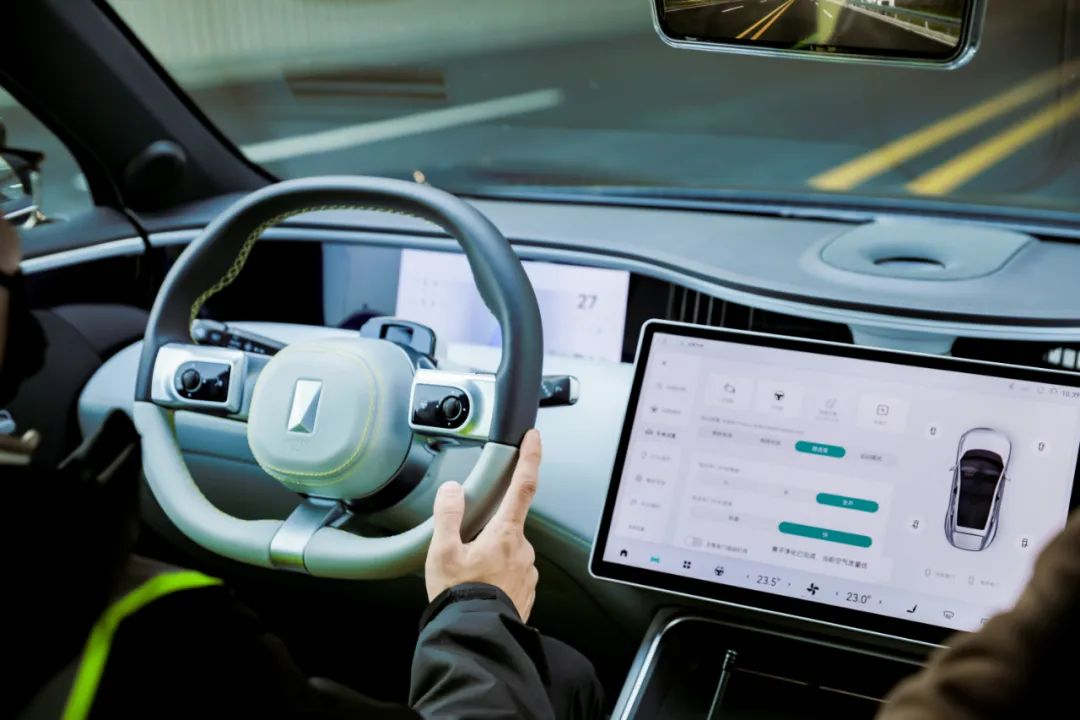
What is a fusion algorithm? It is not difficult to understand.
The current mainstream intelligent driving algorithms on the market are mainly divided into “front fusion algorithms” and “rear fusion algorithms.”
The execution logic of the former is: After observing obstacles, various perception hardware of the vehicle including cameras, lidars, millimeter-wave radars, and ultrasonic radars will continue to observe and summarize the observed information elements for the CPU to comprehensively analyze and make decision judgments.
The execution logic of the latter is: After observing obstacles, the perception hardware of the vehicle such as cameras, lidars, millimeter-wave radars, and ultrasonic radars will first give their own independent judgments based on the elements they saw. Later, the CPU will rely on these independent judgments to make comprehensive decision judgments.
Both of these methods do not work perfectly. The challenge of the former mainly lies in the limitations of the perception hardware itself, such as rainy or snowy weather, or poor light conditions, causing the camera to not see clearly and lead to different judgments from the radars, resulting in system confusion. The challenge of the latter mainly lies in computing power and data, especially data. If the balance of neural network data accumulation is slightly poor, misjudgments may occur.
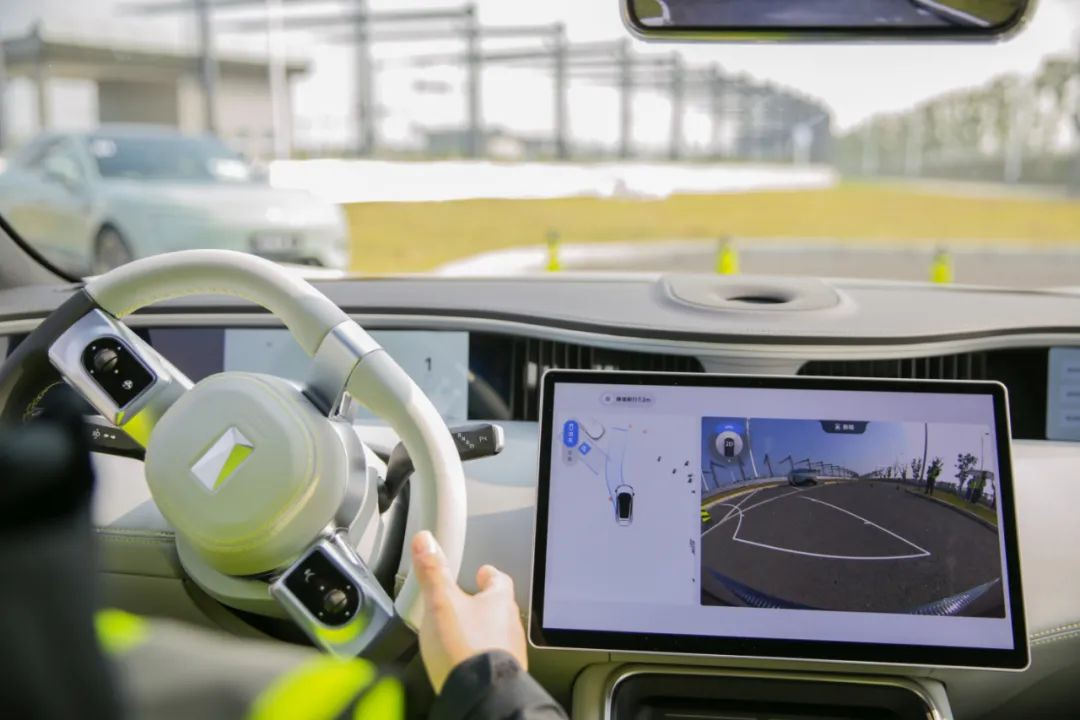
This time, Avita 11’s AVATRUTH supercomputer system’s “fusion algorithm” actually combines the front fusion and rear fusion again, cross-validating them, which is very difficult and has high requirements for the level of perception hardware and computing power. However, through cross-validation, the accuracy of the system from perception to judgment to execution will be significantly improved, thereby explicitly improving our user’s experience of using auxiliary driving functions and overall safety.Of course, not to mention the AVATRUTH supercomputer system database of the Aviator 11 in the automotive industry. This high-quality data lake, with millions of kilometers of simulation tests, a large amount of data and simulation training, based on big data, drives the continuous optimization of algorithms and scenarios, which enables the intelligent driving ability of the Aviator 11 to evolve constantly.
All of these, from perception hardware to computing power, from algorithm logic to database, are guarantees for the intelligent driving ability and experience of the Aviator 11.
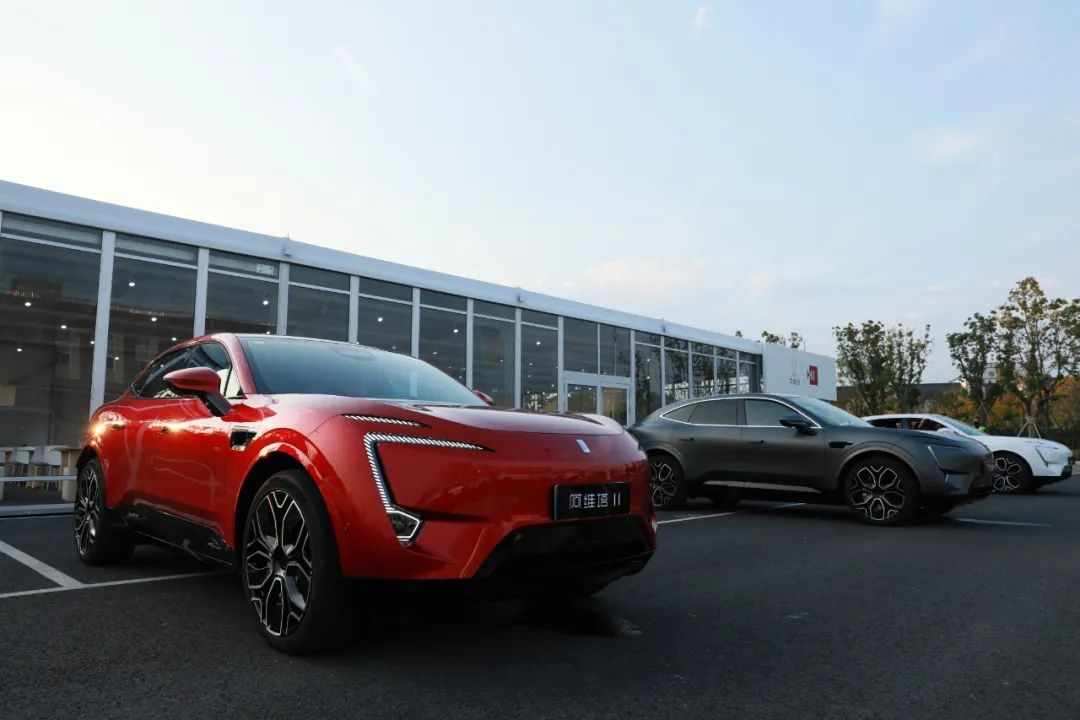
The Real Experience is “Amazing”
After discussing the on-paper strength of the car, let’s talk about the actual experience.
We spent a whole day at the Smart Connected Vehicle Test Area in Yangcheng Lake Peninsula, Suzhou, conducting a deep experience of the Aviator 11, including “High-speed NCA Intelligent Navigation Assistance”, “ICA Intelligent Cruise Assistance”, “APA Intelligent Parking Assistance”, and many other core functions. The feeling can be summed up in three words: amazing.
Why are we surprised? In summary, because the AVATRANS intelligent navigation system of the Aviator 11 has achieved two aspects:
First: a solid basic ability.
Second: advanced ability beyond expectations.
Let’s first talk about “basic skills”.
How can we judge whether a car’s intelligent driving ability is good or not? As a frequent user of intelligent driving, I think it’s actually very simple: look at how well the details are handled.
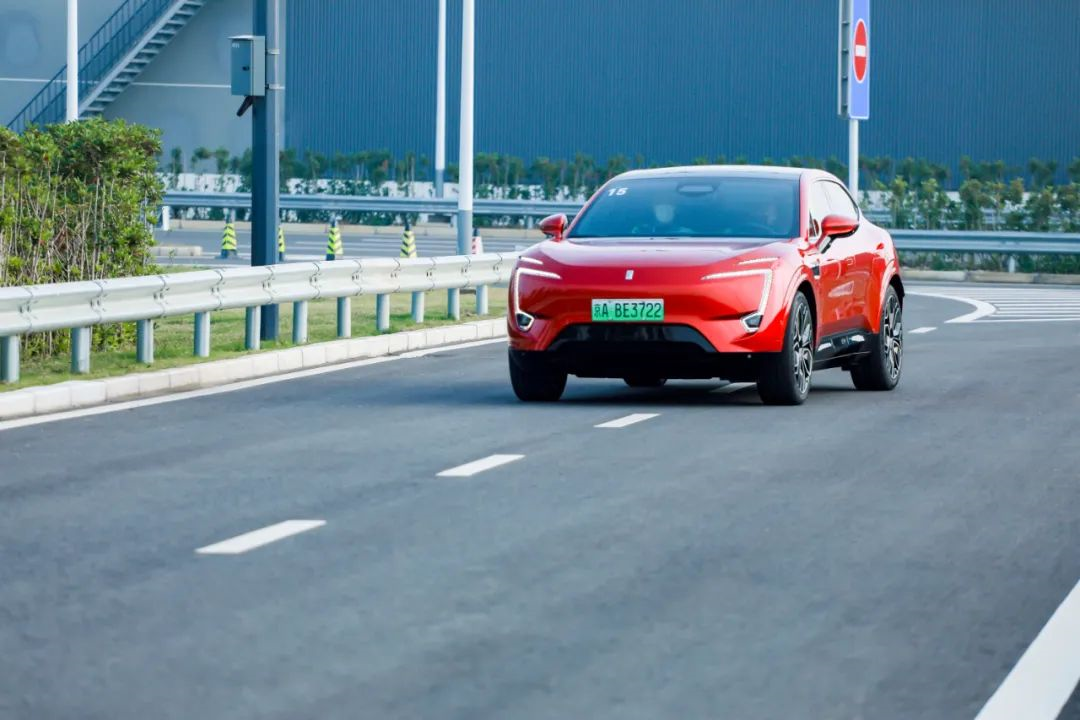
Nowadays, many new cars from car companies have Level 2+ intelligent driving ability, and can achieve high-speed adaptive cruise control, lane keeping, autonomous following, overtaking, autonomous entry and exit from the ramp and other functions. However, as users, we can clearly feel that the same function is more or less optimal for different car companies. This is a matter of the handling ability of the details, or basic skills.
For example, during the test of the “High-speed NCA Intelligent Navigation Assistance” of the Aviator 11, it was very obvious. Here are three examples:a: “Foot feeling” to deal with cutting in
This is a very high-frequency function. For products with poor handling, the vehicle will decelerate sharply and the braking pedal force will not be smooth when the front vehicle cuts in, which directly causes discomfort for users in the car and makes the driver feel uneasy. There is no doubt that the failure to handle this technical detail reflects the inadequate hardware and software capabilities of the product.
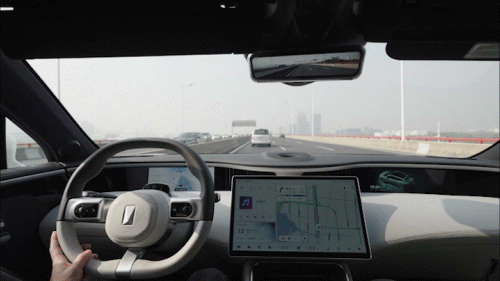
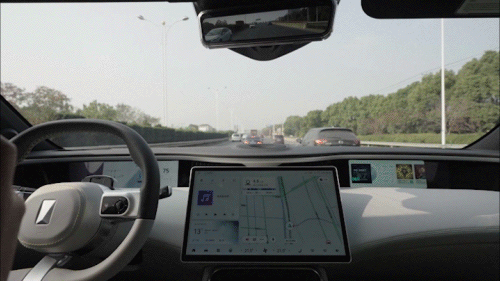
Avita 11 is very different. When we experienced it on the real high-speed ring road in Suzhou, the situation of front vehicle cutting in occurred several times. However, the performance of the vehicle was very “experienced”. On the one hand, it has prediction ability. For example, when the front vehicle starts to merge into our lane, Avita 11 has already sensed it and is ready. On the other hand, after sensing it, Avita 11 is not simply a mechanical deceleration action, but based on the speed and distance of the front vehicle, it adjusts the opening force of the acceleration and braking pedals, which is very subtle and smooth, so the intuitive experience is that its braking foot feeling is very similar to that of an experienced driver.
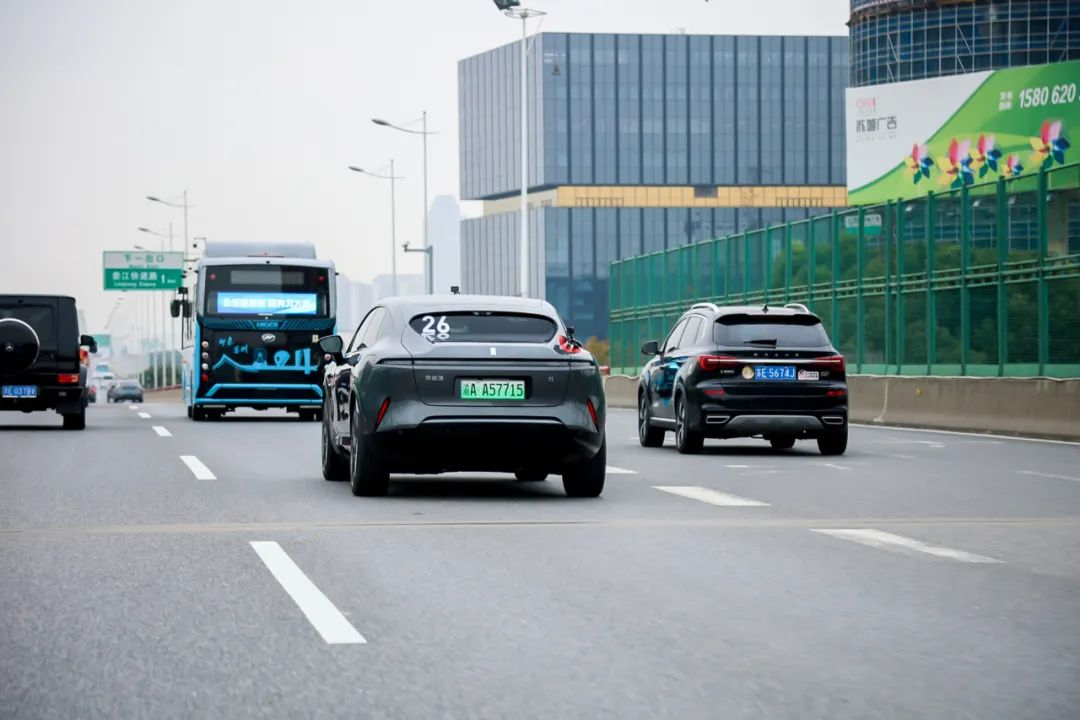
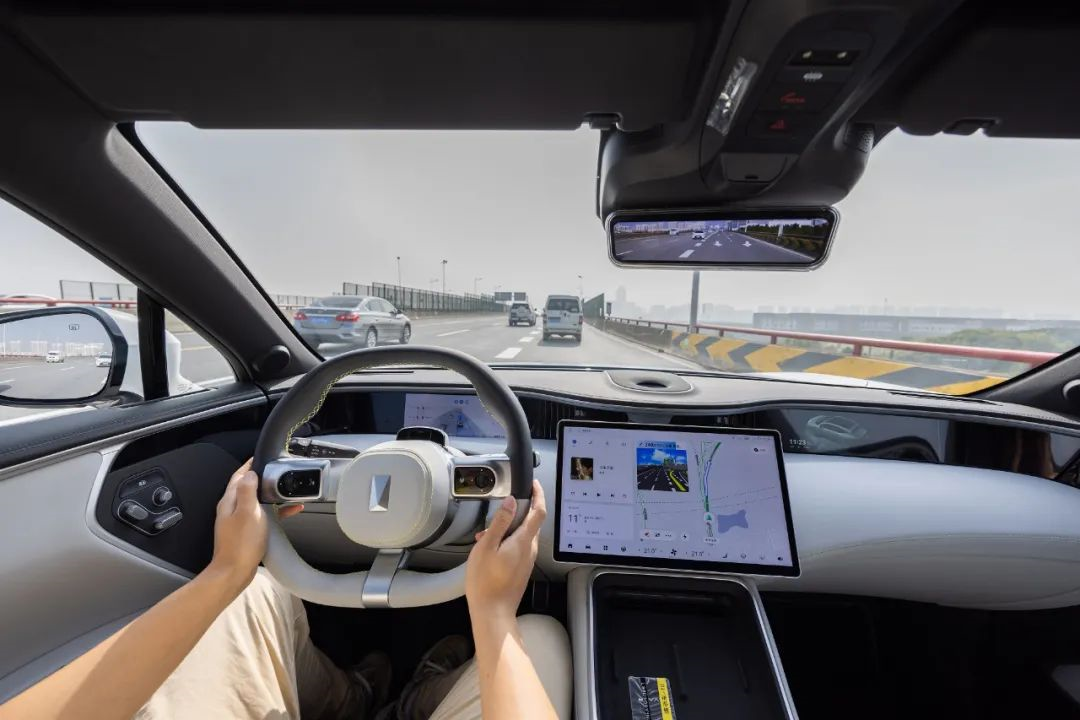
b: The “rhythm” of changing lanes
The automatic lane change function is also one of the high-frequency functions in the “highway NCA intelligent driving navigation assistance” feature. Through my experience, I found that Avita 11’s lane change handling is also very distinctive. On the one hand, it is very proactive and will not hesitate to change lanes as long as there is space. This includes the process of automatic entry and exit of the ramp, such as changing lane to the right when exiting the ramp and changing lane to the left when joining the ramp. Its overall performance is proactive and efficient.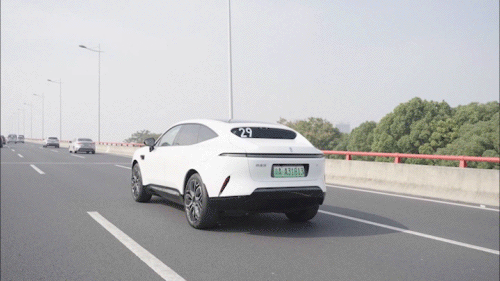
It won’t behave like some other products that wait until there is enough space on the far side to switch lanes. Those products are safe, but their efficiency is low and doesn’t conform to the normal logical operations of a human driver. On the other hand, the Avita 11 actively contributes in a delicate way. For example, when encountering a solid line, even if I turn on the indicator to request a lane switch, the vehicle will remind me that it’s prohibited to switch lanes. Furthermore, if there is a sudden acceleration from cars behind or any other car unexpectedly entering the target lane during the process, the Avita 11 can recognize the situation quickly and temporarily suspend the lane switch to avoid accidents.
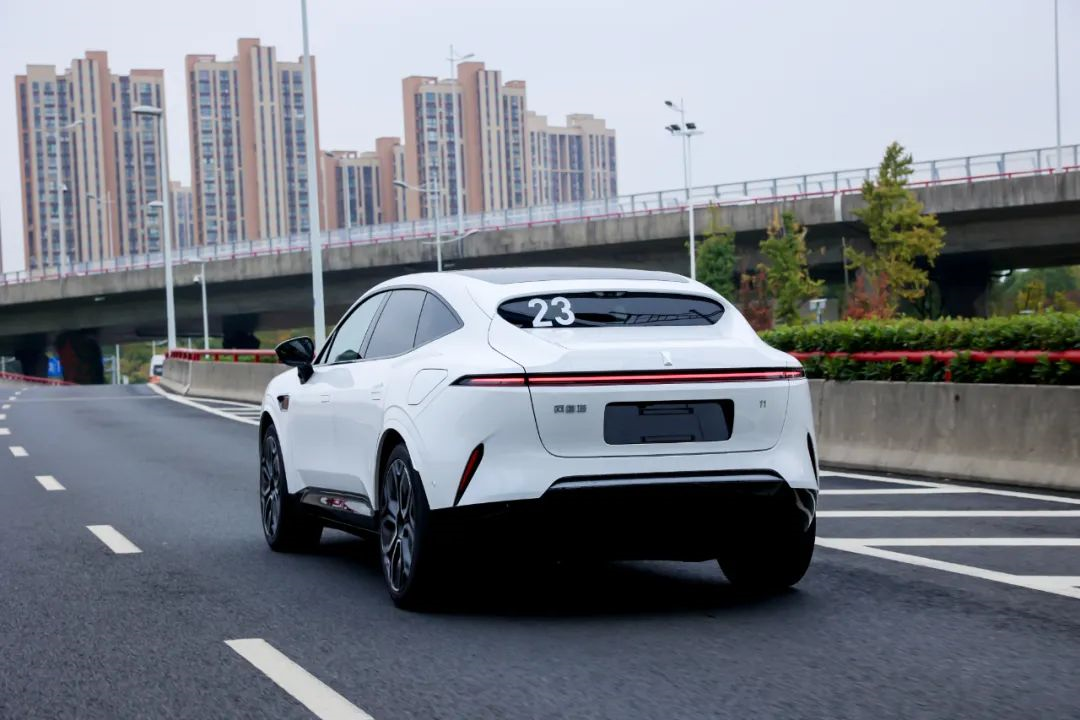
c: Stability on Sharp Curves
This is a common scenario on highways, but for some vehicles, they decrease speed dramatically or hug the side of the road while turning, which, in turn, makes us very uneasy. However, we drove through a few curves, including a sharp one, the Avita 11 decreased the speed and stayed in the middle lane just like I expected. There was no jerky or wavy feeling, which puts the fundamental abilities of the product to the test.
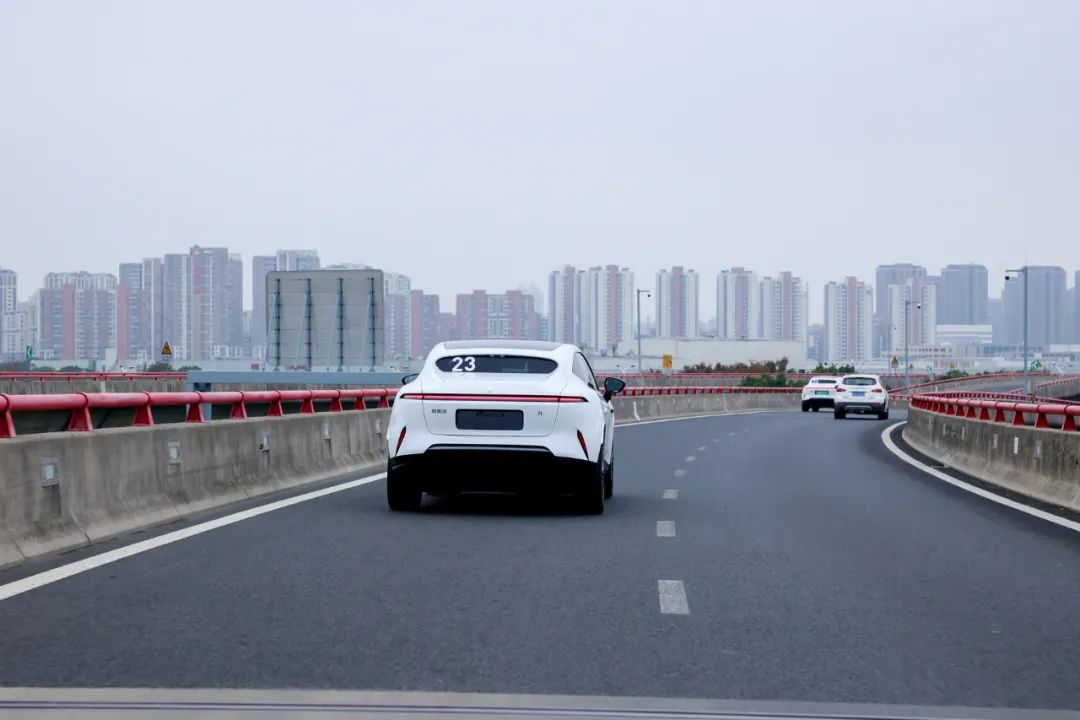
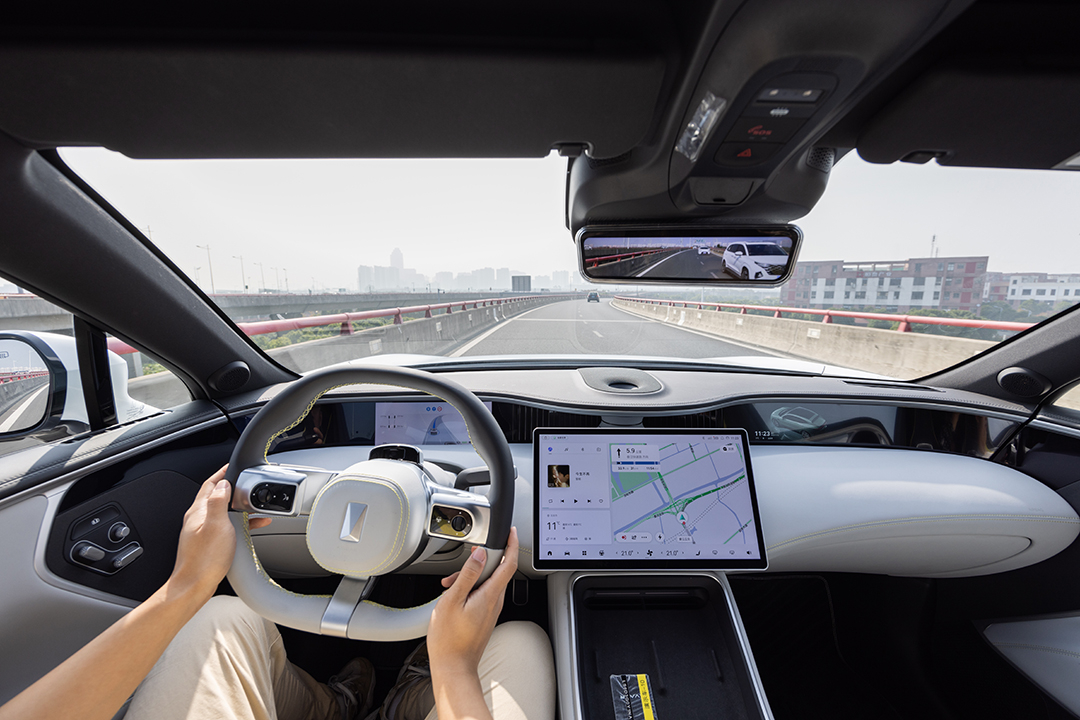
Now, let’s talk about the advanced capabilities, where we encounter less frequent but more dangerous situations. Although 90% of user experience in intelligent driving scenarios involves common and frequent events, 10% are uncommon but potentially hazardous conditions, and here are two actual examples that clarify my point.
a: Encounter with “irregular static obstacles” on the highway.

This scenario is extremely dangerous in the field of intelligent driving and has caused many major accidents. For example, when encountering stationary construction vehicles or cones on the highway, the intelligent driving system fails to recognize them, resulting in high-speed collisions and serious accidents.
However, with the help of three laser radars, AVITA 11 has improved this ability.

This time, we focused on experiencing the obstacle avoidance ability of AVITA 11 under the ICA smart cruise assistance function. For example, after the tunnel, a simulated rollover accident vehicle was placed. AVITA 11 could recognize it from a long distance away and take braking action; For example, when temporary cones are placed in the lane, the vehicle can also recognize them from a long distance away and complete automatic lane changing; Even more difficult, if a small but potentially dangerous obstacle like a dropped tire or a water horse appears in the lane, the vehicle can also recognize it and complete avoidance.
We also tested several mainstream intelligent driving models currently on the market for these scenarios, and basically none of them could complete them.
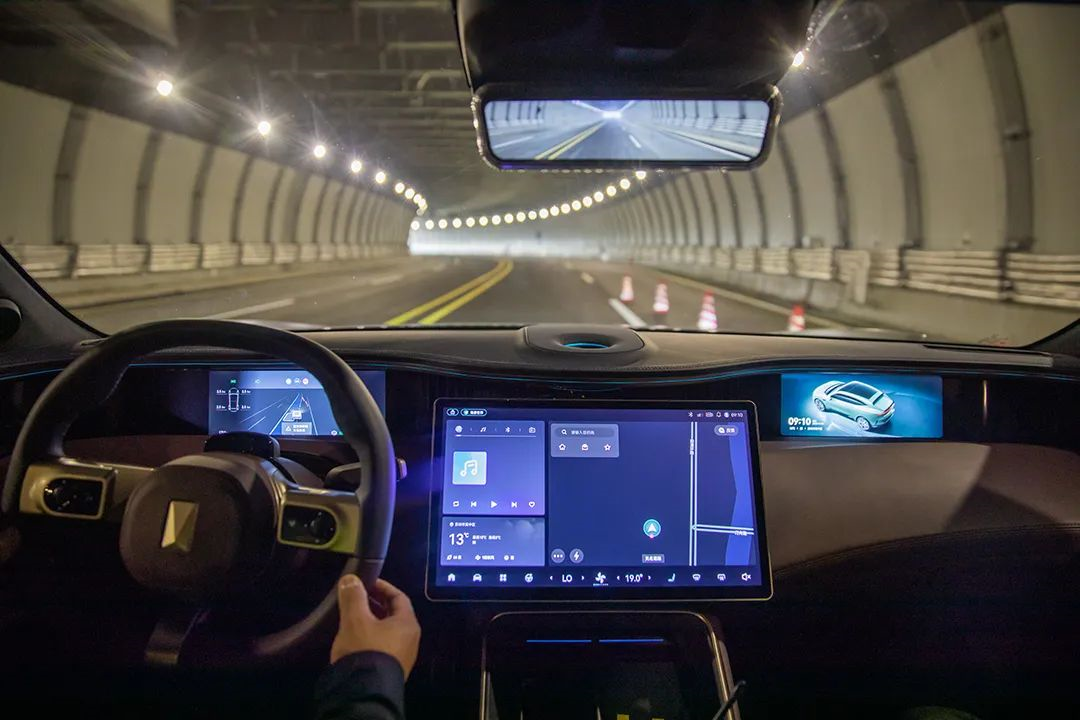
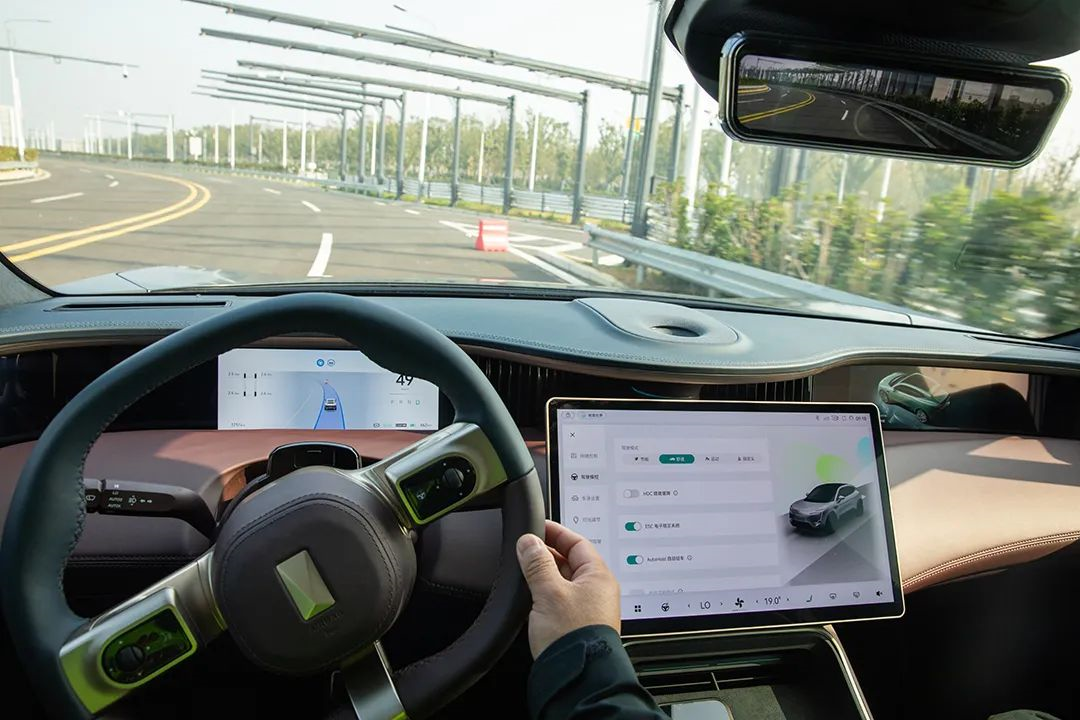
b: “Close-range pulling and avoidance” on the highway.
This scenario is not easy to appear on the highway, but it can be very dangerous once it occurs. The scenario is simple: the driver of the car next to us may be looking at his phone, dozing off, or not concentrate. The vehicle starts to deviate from the lane and gradually approaches our car sideways or with a slight forward motion, unlike ordinary merging.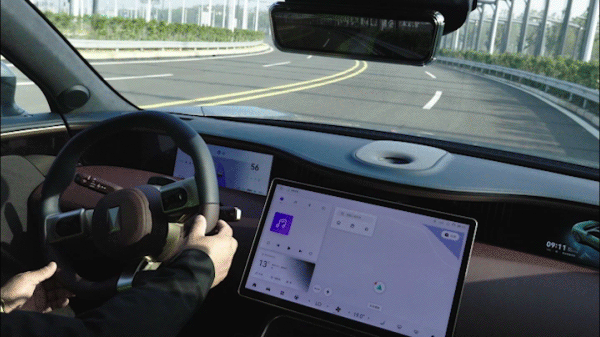
I have previously test-driven several cars with intelligent driving functions that are all head products, but they almost never recognize situations like this and require manual intervention. However, when I drove Avita 11, I encountered similar situations twice and I could clearly feel that the vehicle not only recognized the situation but also slightly adjusted the steering to avoid collisions, which is quite impressive. Obviously, the two laser radar sensors on both sides played a role.
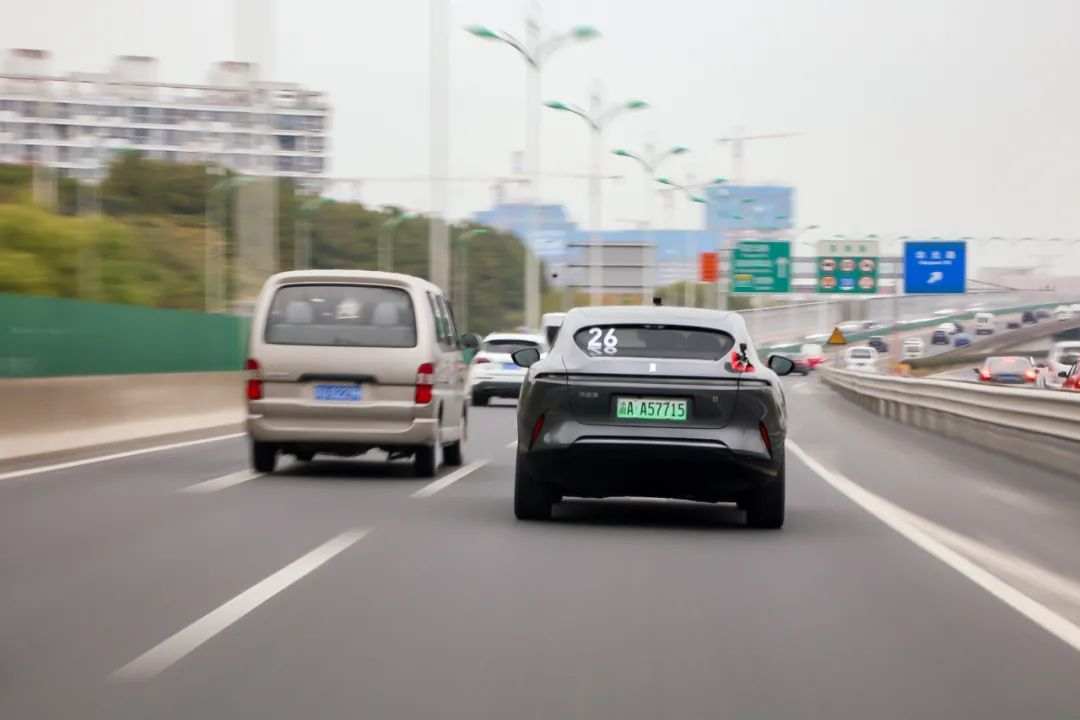
c: Extremely challenging “complex parking”
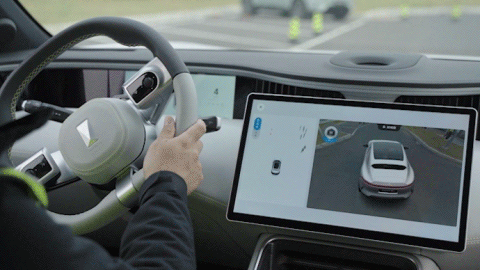
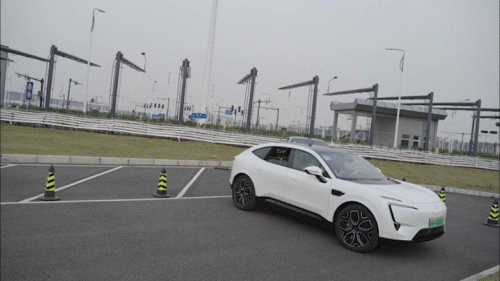
Parking is also a high-frequency scenario, and many cars have parking assist. However, Avita 11’s APA intelligent parking assist impressed me. We experienced a reverse parking situation, as you can see in the image below, the vehicle drove in from the left and the space was extremely small, even experienced drivers would have a hard time parking, but Avita 11 managed to park smoothly without any jerking of the steering wheel.
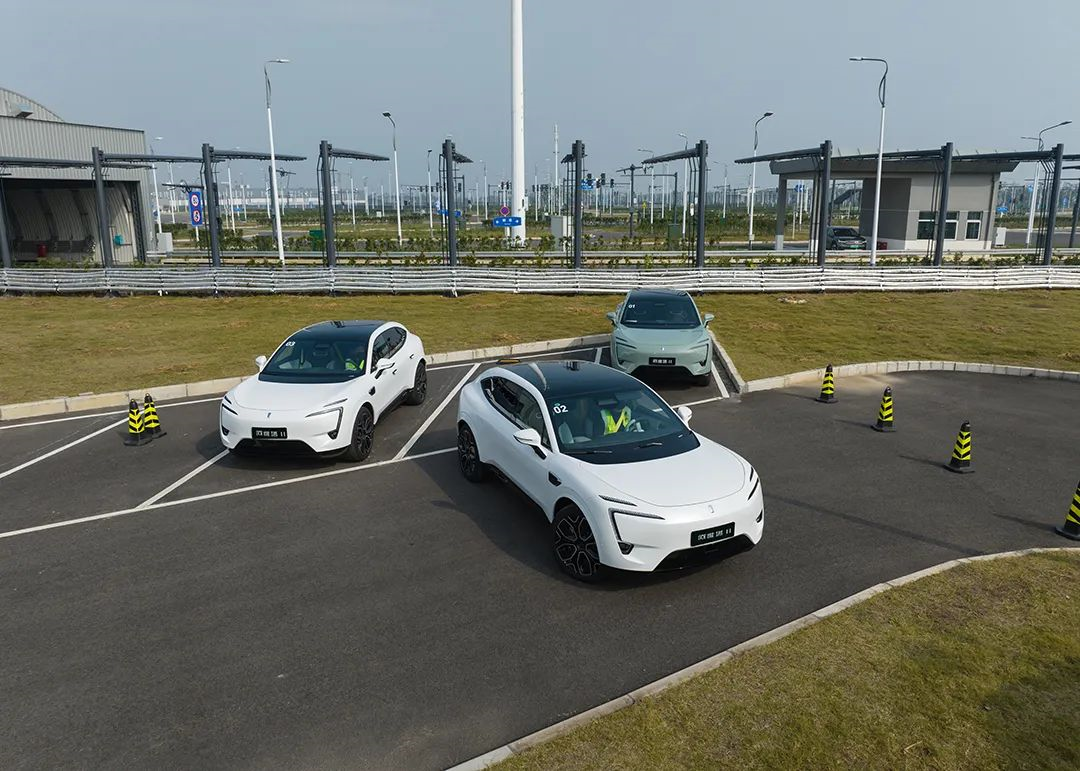
It is worth noting that in addition to its current capabilities, Avita 11’s intelligent driving capabilities have a high degree of derivative expectation. Future OTA upgrades will enable NCA intelligent driving navigation assistance in urban areas, allowing for intelligent driving on city roads. Based on the current hardware and algorithmic capabilities, Avita 11’s urban intelligent driving capabilities are also highly anticipated. Users driving Avita 11 will be able to recognize traffic signals, make unprotected left turns, queue up, slow down, and handle complex road conditions such as motorcycles and pedestrians in city areas.## Is the Aiways U5 worth buying?
Let’s talk about the intelligent driving of the Aiways U5 which has been discussed extensively in this article.
At the end of the article, let me answer a question that I often receive in private messages: Is the Aiways U5 worth buying?
In fact, besides its intelligent driving capabilities, there are many other reasons why the Aiways U5 is worth considering, such as its smart cockpit design, overall vehicle design, product quality, and driving experience. Overall, I think it is a very high-level intelligent pure electric SUV.
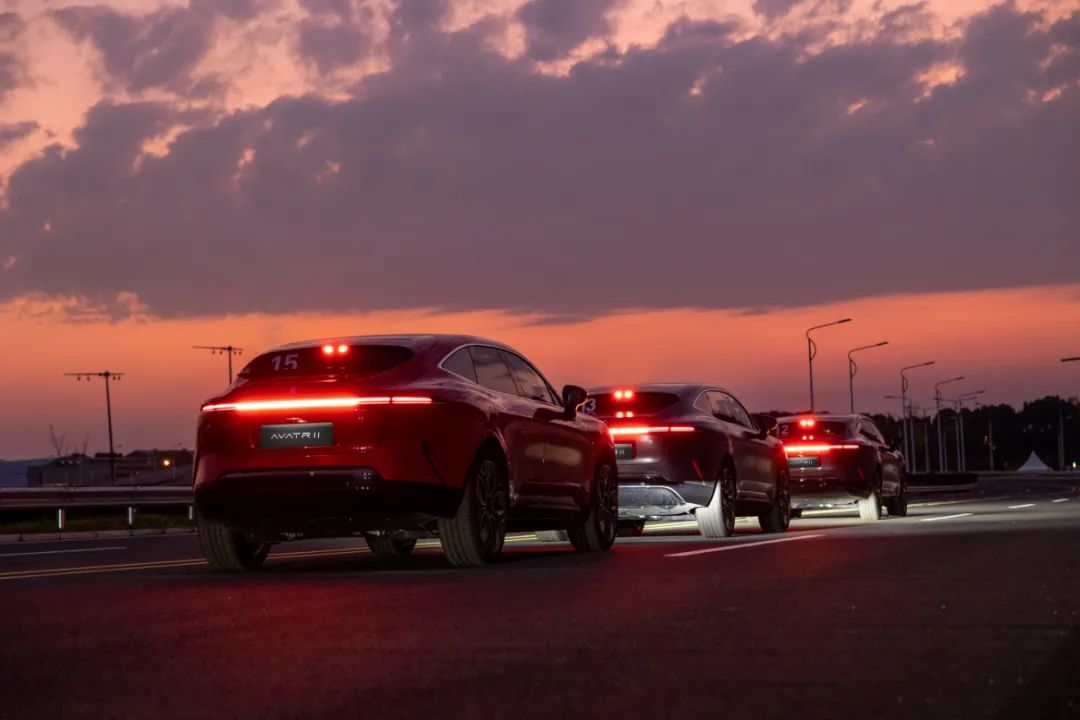
The numbers don’t lie.
Last month, the first batch of Aiways U5 reached a lock-in volume of over 5000 units within just 10 days, with an average lock-in price including optional equipment exceeding 400,000 yuan. This indicates that users are voting with their feet. Particularly apart from product strength, the sincerity of ownership rights such as lifelong warranty for the vehicle and three-power, 9,000 yuan personalized option, one-year intelligent driving upgrade package services, etc. make the Aiways U5 sell well for good reasons.
According to official information, the Aiways U5 will be listed in Huawei flagship stores located in Beijing and Shenzhen during the year. Direct-operated stores have also landed in more than 60 cities nationwide, and it is expected to complete the laying of channels through more than 200 points of contact nationwide by December as scheduled.
If you have a budget of 350,000-400,000 yuan and are looking for a pure electric SUV, the Aiways U5 is worth considering.
That’s all.
This article is a translation by ChatGPT of a Chinese report from 42HOW. If you have any questions about it, please email bd@42how.com.
